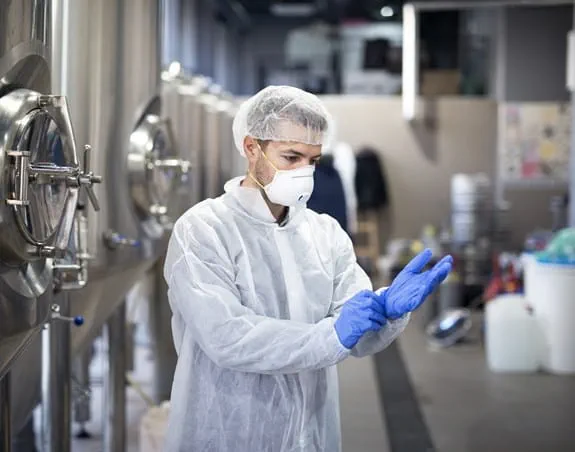Formaldehyde

What is formaldehyde – and how are we exposed to it?
Formaldehyde is a chemical with no colour and an unpleasant smell. At room temperature, formaldehyde is a gas. It also comes in a liquid solution called formalin. Formaldehyde is widely used in various industries and as a preservative and disinfectant. Formaldehyde is also found in smoke and exhaust from sources like cigarettes, vehicles, gas or wood-burning stoves and forest fires.

Formaldehyde and cancer
The International Agency for Research on Cancer (IARC) classifies formaldehyde as a known cause of cancer.
Studies have shown that formaldehyde increases the risk of developing nasopharyngeal cancer and leukemia. These studies have usually been done in workers exposed to formaldehyde. Often, people who are exposed at work have higher levels of exposure than people who may be exposed in their homes.

Is formaldehyde in your workplace?
If you work in certain industries, you may be exposed to formaldehyde. It’s most commonly found in:
- some textile manufacturing
- wood product manufacturing
- plastic and resin production
- funeral industry, medical and other healthcare services (formaldehyde is used as a preservative and embalming agent)
- fungicide spraying – formaldehyde is commonly used as an industrial fungicide (to control diseases caused by moulds) and as a disinfectant (to destroy microorganisms)

How to reduce your exposure to formaldehyde at work
- Do not run engines, such as those in cars or lawnmowers, in an attached garage or workshop, or near windows or entrances of your work. Engine exhaust contains formaldehyde and other toxic chemicals.
- Follow health and safety instructions at work to reduce your exposure to formaldehyde.
- Protect your eyes and face. Wear chemical safety goggles. A face shield may also be necessary.
- Wear chemical protective clothing, including gloves, aprons and boots.
